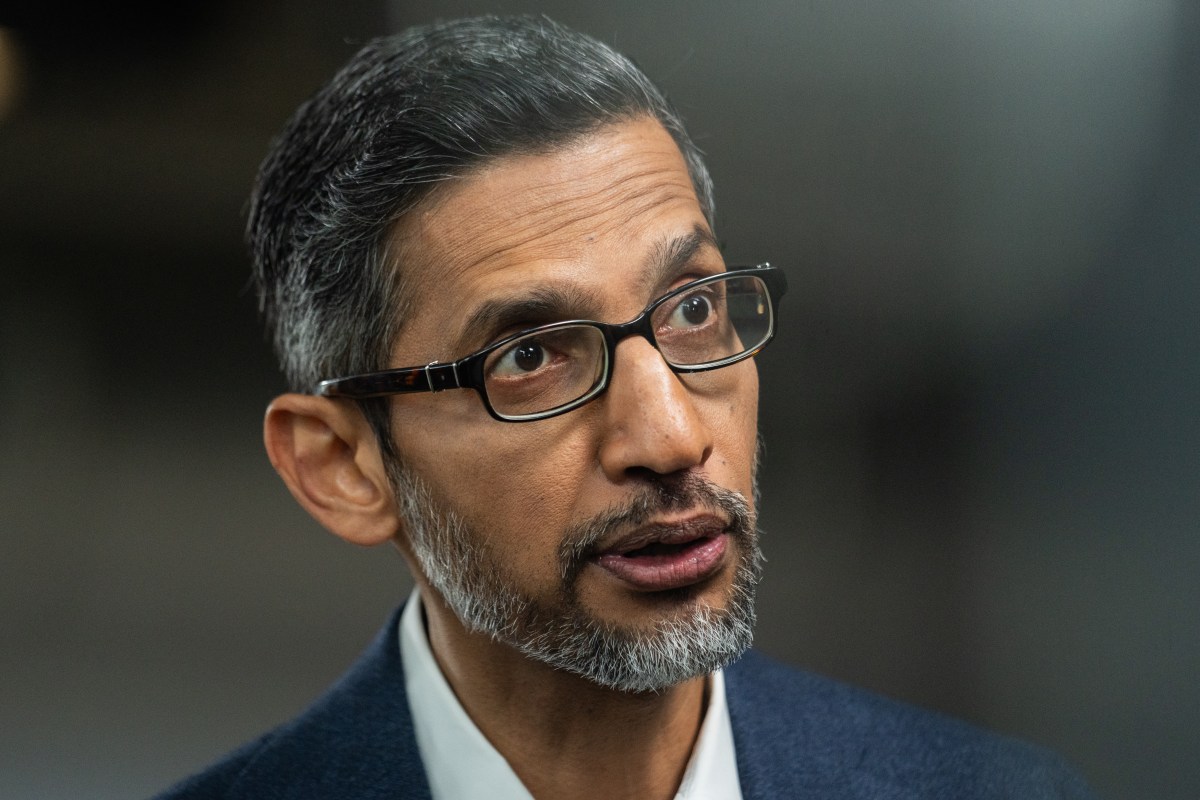The Democratic Party’s Masculinity Conundrum
During the 2020 presidential election, the Bernie Sanders campaign faced backlash for touting an endorsement from Joe Rogan. The reaction from Democratic Party insiders and activists was swift, with many demanding that Sanders apologize and rescind his support for the endorsement. The general consensus was that Rogan, as an avatar of "regressive" masculinity, was not welcome in the Democratic Party. However, in a surprising turn of events, the Democratic Party recently announced that it is willing to spend a significant amount of money to find its own "Joe Rogan" and appeal to young men.
Understanding the Demographic Shift
The Democratic Party’s "masculinity problem" is a well-documented phenomenon. Men, particularly young men, are increasingly leaving the party, which has historically relied on their votes to win national elections. In an effort to better understand this demographic shift, the Democratic Party has launched the Speaking with American Men (SAM) project, a $20 million initiative aimed at understanding the minds of men and developing a strategy to win them back. According to Politico, SAM has already completed an initial round of research, which included 30 focus groups and a national media consumption survey.
The SAM Project’s Findings
The results of the SAM project’s research are straightforward: many young men feel that neither party represents their interests, and they view Democrats as "overly-scripted and cautious" while Republicans are seen as "confident and unafraid to offend." Ilyse Hogue, a co-founder of SAM, notes that Democrats are perceived as weak, and young men feel invisible to the party. To address this issue, SAM plans to expand its presence on online platforms where men typically congregate, such as Discord, Twitch, and YouTube.
A Doomed Effort?
However, some argue that the SAM project’s effort is doomed to fail. By studying men as if they were an alien life force, the Democrats have already proven themselves to be out of touch. The party’s attempt to understand men through focus groups and surveys may come across as insincere or condescending. Moreover, the fact that the Democrats need to spend $20 million to understand men suggests that they have lost sight of what it means to be a man.
The Roots of the Problem
The Democratic Party’s masculinity problem has been building for over a decade. Since 2016, the party has swung left on social issues, distancing itself from traditional men and catering to the interests of women and minorities. During this period, a reactionary feminist politics has emerged, which has openly sought to demonize men. The Democrats’ association with this movement has led to a predictable outcome: young men are drifting rightward, while young women are trending leftward.
The Importance of Messaging
Democratic strategists have focused on the tech platforms they can use to reach young men, but this is only part of the puzzle. The messaging itself is more important than the medium. Gavin Newsom’s recent podcast launch, for example, has been unsuccessful due to his inconsistent messaging. Other Democratic figures, such as Bernie Sanders and Anthony Weiner, have also attempted to insert themselves into the long-form podcast circuit, but with limited success.
Conservatives’ Media Advantage
Conservatives, on the other hand, have proven themselves adept at weaponizing media to their advantage. Trump’s ability to capitalize on young men’s disaffection with the Democrats during the 2024 election cycle is a case in point. His oratory style, though cartoonishly masculine, resonates with many men. The "manosphere" circuit of male-oriented podcasts has also been a powerful tool for conservatives.
A Simplistic Solution
Perhaps the Democrats could save themselves $20 million by simply watching action movies from the 1980s. These films, such as Die Hard, offer a glimpse into average male psychology and the cultural dominance of red-blooded American masculinity. John McClane’s character, with his cowboy attitude and unapologetic masculinity, is a far cry from the modern Democratic Party’s persona. While it’s not necessary for Democrats to adopt a similar persona, they could learn from the confidence and assertiveness that these films embody.
Conclusion
In conclusion, the Democratic Party’s masculinity problem is a complex issue that cannot be solved by simply spending $20 million on research and marketing. The party needs to reexamine its values and messaging to appeal to young men, rather than trying to understand them through focus groups and surveys. By embracing a more confident and assertive persona, Democrats may be able to win back the support of young men and revitalize their party.
Source Link





